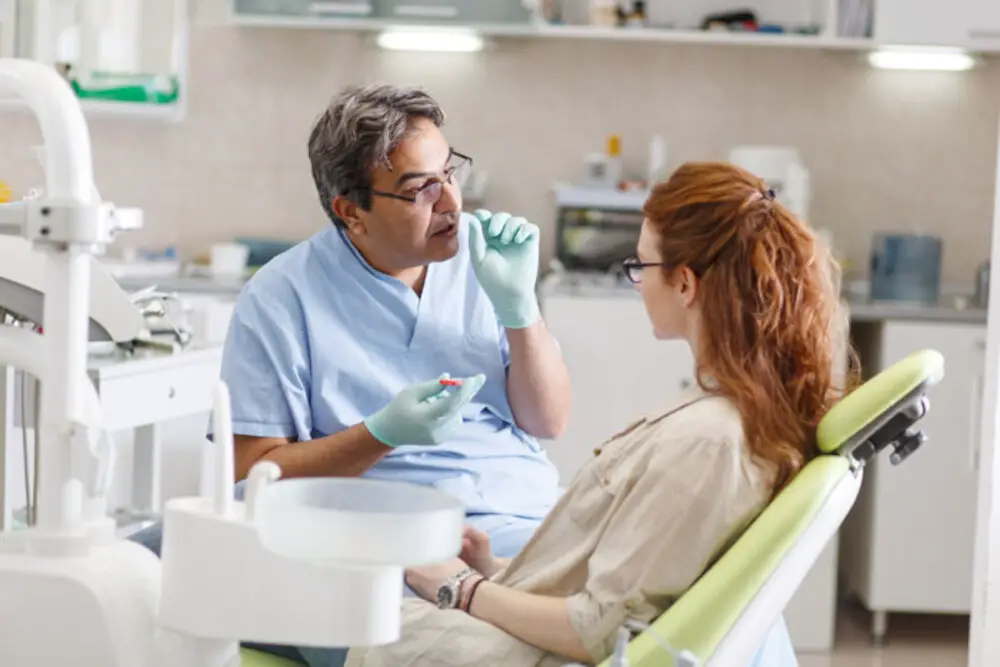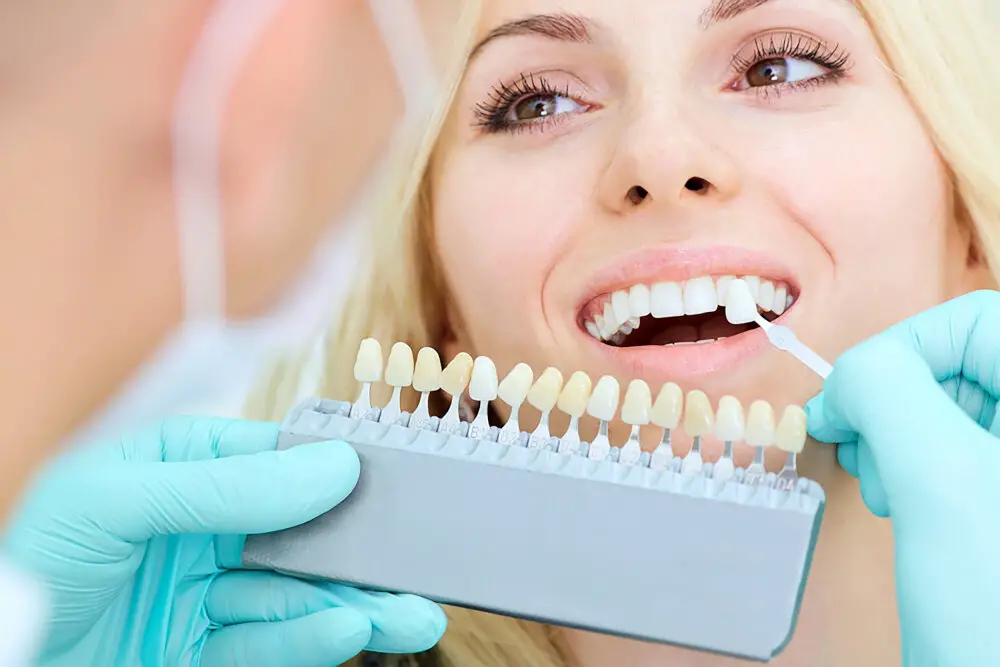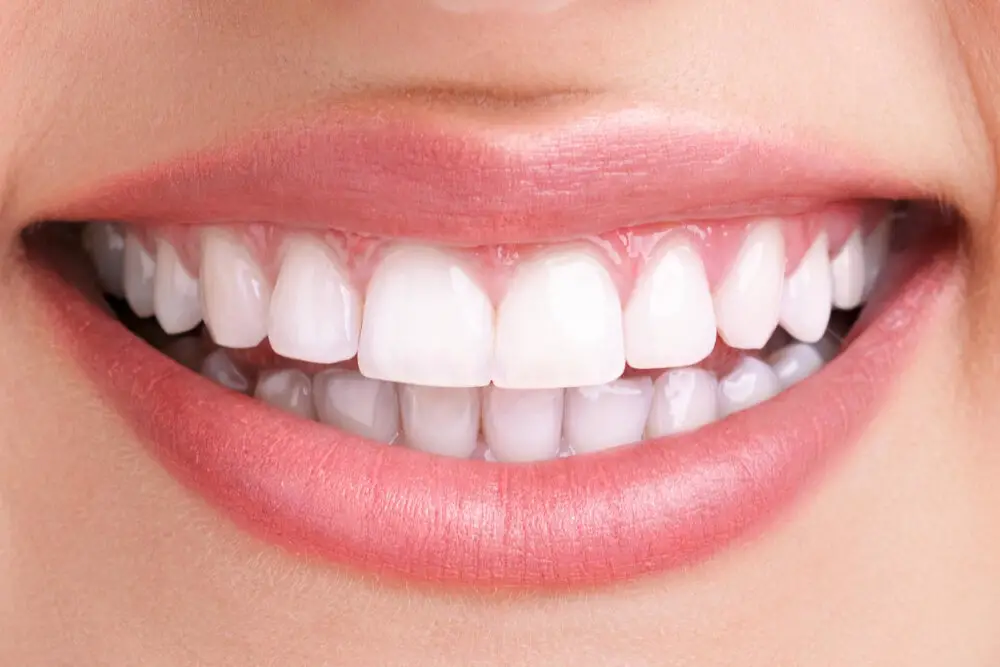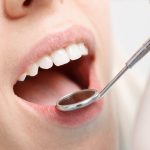Fluoride Facts: When is the Right Time to Brush After Fluoride Treatment?

Fluoride is a naturally occurring mineral that can be found in soil, water, and some foods. It is known for its ability to strengthen tooth enamel and prevent tooth decay. For this reason, fluoride is commonly added to toothpaste, mouthwash, and even some drinking water. Additionally, fluoride treatments are often recommended by dentists for people of all ages. One common question regarding fluoride treatments is when it is the right time to brush your teeth after the treatment. Some people believe that brushing immediately after a fluoride treatment can wash away the fluoride and reduce its effectiveness. Others believe that brushing right away is necessary to remove any excess fluoride that may have been left on the teeth. In this article, we will explore the facts surrounding fluoride treatments and the best practices for brushing after a treatment.
Fluoride treatment is a process of applying a varnish or gel containing fluoride to the teeth in order to strengthen them and prevent tooth decay. Fluoride helps to protect the teeth by remineralizing the enamel, which is the outer layer of the teeth that protects them from damage. This process of remineralization helps to repair any damage that may have occurred to the enamel due to acid exposure from foods and drinks. Fluoride treatment is typically recommended for individuals who are at a higher risk of tooth decay, such as children, teenagers, and individuals with dry mouth or gum disease. It is important to wait at least 30 minutes after fluoride treatment before brushing the teeth to allow the fluoride to fully absorb into the teeth and provide optimal protection.
Fluoride treatment is a crucial aspect of dental hygiene. It is a preventive measure that helps to strengthen teeth, making them more resistant to decay. Fluoride works by remineralizing the enamel and repairing any damage that may have occurred. Fluoride treatment is especially important for children, as their teeth are still developing and are more susceptible to decay. It is also beneficial for adults who may be at an increased risk of cavities due to poor dental hygiene or a diet high in sugar. Fluoride is available in toothpaste, mouthwash, and as a professional treatment at the dentist’s office. It is recommended to wait at least 30 minutes after a fluoride treatment before brushing to allow the fluoride to fully absorb. Overall, fluoride treatment is an essential part of maintaining good oral health and preventing future dental problems.
Fluoride treatment is a common dental procedure that involves applying a concentrated fluoride solution to the teeth. The treatment strengthens tooth enamel, making it more resistant to decay caused by acid-producing bacteria. During the treatment, a dental professional will first clean the teeth and then apply the fluoride solution using a brush, swab, or tray. The solution is left on the teeth for several minutes to allow it to penetrate the enamel and provide protection. After the treatment, patients are instructed to avoid eating or drinking for at least 30 minutes to allow the fluoride to fully absorb into the teeth. It is also recommended to wait at least 2 hours before brushing to ensure the maximum benefits of the fluoride treatment.
The Right Time to Brush After Fluoride Treatment

Fluoride treatment is a common practice in dental clinics, as it helps in preventing tooth decay and strengthening the enamel. However, many people are not aware of the right time to brush after fluoride treatment. It is important to wait for a certain period of time before brushing your teeth after fluoride treatment, as brushing immediately after can remove the fluoride from the teeth and reduce its effectiveness. The recommended time to wait before brushing after fluoride treatment is at least 30 minutes. This allows the fluoride to penetrate the tooth enamel and become effective in preventing tooth decay. Brushing immediately after fluoride treatment can also cause damage to the enamel, as the bristles of the toothbrush can be abrasive and can cause scratches on the enamel. Therefore, it is important to be patient and wait for the recommended time before brushing your teeth after fluoride treatment, to ensure that the fluoride has enough time to work effectively and protect your teeth from decay.
It is crucial to wait after fluoride treatment before brushing your teeth as the fluoride needs time to be fully absorbed by the enamel. Brushing immediately after treatment can scrub off the fluoride before it has a chance to penetrate the tooth’s surface, reducing its effectiveness. Additionally, waiting allows the mouth to produce more saliva, which helps to distribute the fluoride throughout the mouth and aids in remineralization. Therefore, waiting for at least 30 minutes after fluoride treatment before brushing can help ensure that you receive the maximum benefits of the treatment, including stronger and healthier teeth.
After receiving a fluoride treatment, it is recommended to wait at least 30 minutes before brushing your teeth. This waiting period allows the fluoride to fully penetrate the enamel and strengthen the teeth. Brushing too soon after a fluoride treatment can actually wash away the fluoride before it has a chance to do its job. It is also important to avoid eating or drinking for 30 minutes after a fluoride treatment to ensure maximum effectiveness. It is important to follow these guidelines to ensure that your teeth receive the full benefits of the fluoride treatment and to maintain good oral health.
If you have just had a fluoride treatment, it is important to wait at least 30 minutes before eating or drinking anything, including water. During this time, try to avoid touching your teeth with your tongue or fingers as well. You can also use the time to do other tasks, such as reading a book, checking your emails, or simply relaxing. It is important to remember that fluoride treatments are designed to strengthen your teeth and protect them from decay, so it is essential to follow the dentist’s instructions to maximize the benefits. In the meantime, you can also practice good oral hygiene habits, such as brushing twice a day, flossing regularly, and avoiding sugary or acidic foods and drinks.
Other Fluoride Questions Answered

There are many other questions that people have when it comes to fluoride and its effects on dental health. One common question is whether or not fluoride can harm the body. While there is some concern about excessive fluoride consumption, the truth is that fluoride is generally safe and well-tolerated when used in the amounts recommended by dental professionals. In fact, fluoride has been shown to prevent tooth decay and promote oral health in people of all ages. As long as you follow the guidelines provided by your dentist or dental hygienist, you can enjoy the benefits of fluoride without worry. Another important question is whether or not fluoride is effective in preventing tooth decay. The answer is a resounding yes! Studies have shown that fluoride is highly effective in preventing cavities and keeping teeth strong and healthy. In fact, communities that have added fluoride to their water supply have seen a significant reduction in tooth decay rates. Additionally, fluoride is found in many dental products, including toothpaste, mouthwash, and professional treatments. By using these products regularly and following a good oral hygiene routine, you can help protect your teeth and gums from decay and disease.
Fluoride treatment is a preventive measure that helps to strengthen the teeth and prevent dental decay. The frequency of fluoride treatment depends on various factors such as age, risk of decay, and oral hygiene habits. In general, it is recommended for children to get fluoride treatment every 6 months to a year, while adults with a high risk of dental decay may need it more frequently. Additionally, individuals who have undergone certain dental procedures, such as braces or radiation therapy, may also benefit from fluoride treatment. Ultimately, it is best to consult with your dentist to determine how often you should receive fluoride treatment based on your individual needs and oral health status.
Fluoride is considered safe when used in appropriate amounts, such as in toothpaste and professionally applied treatments. It has been proven to be effective in preventing tooth decay and strengthening tooth enamel. However, excessive fluoride intake can lead to dental fluorosis, a cosmetic condition that affects the appearance of teeth. Ingesting high levels of fluoride can also cause skeletal fluorosis, a condition that affects the bones and joints. It is important to use fluoride products as directed and to monitor children’s fluoride intake to ensure they are not consuming too much. Overall, when used appropriately, fluoride is safe and beneficial for oral health.
Fluoride is a mineral that has been scientifically proven to prevent tooth decay and strengthen teeth. When fluoride is applied to teeth, it forms a protective barrier that helps to prevent the bacteria that cause cavities from producing acid. The benefits of fluoride are numerous and include reducing the risk of cavities, strengthening teeth, and preventing tooth decay. Fluoride can be applied in various forms, including toothpaste, mouthwash, and professional treatments at the dentist. However, it is important to use fluoride in moderation, as excessive use can lead to dental fluorosis, a condition that causes white spots on teeth. Overall, fluoride is a valuable tool in maintaining good oral health and preventing tooth decay.
Myths About Fluoride

Fluoride is a naturally occurring mineral that has been widely used in dental treatments to prevent tooth decay. Despite its proven benefits, there have been several myths surrounding the use of fluoride. One of the most common myths is that fluoride is harmful to human health. However, scientific evidence has shown that when used in the recommended amounts, fluoride is safe and effective in preventing dental caries. In fact, many health organizations, including the World Health Organization and the American Dental Association, have endorsed the use of fluoride in dental treatments. Another myth surrounding fluoride is that it is only important for children. While it is true that fluoride treatments are commonly given to children, adults can also benefit from them. Fluoride helps to strengthen tooth enamel, making teeth more resistant to decay. As we age, our teeth become more vulnerable to decay, which can lead to a range of dental problems. Regular fluoride treatments can help to prevent these problems and keep our teeth healthy and strong. Additionally, individuals who have dental restorations, such as fillings or crowns, can benefit from fluoride treatments as they help to protect the surrounding teeth from decay.
One common myth surrounding fluoride is that it is dangerous. However, this is not entirely true. While excessive consumption of fluoride can lead to dental fluorosis, a condition characterized by white spots on teeth, consuming the recommended amount of fluoride is safe and effective in preventing tooth decay. Furthermore, fluoride has been extensively studied and proven to be a safe and effective way to improve overall oral health. Therefore, it is important to follow the recommendations of dental professionals and consume the appropriate amount of fluoride to maintain good oral hygiene.
It is a common myth that fluoride is only beneficial for children’s teeth, however, this couldn’t be further from the truth. While it is true that fluoride can be especially helpful in the development of young teeth, adults can also reap the benefits of fluoride treatments. In fact, as we age, our teeth become more susceptible to decay and erosion, making fluoride treatments even more important for maintaining good oral health. Fluoride can help to strengthen tooth enamel, reduce sensitivity, and prevent cavities, making it an essential component of any oral care routine. So, whether you’re young or old, make sure to incorporate fluoride treatments into your dental regimen to keep your smile healthy and strong for years to come.
There is a common myth that fluoride is unnecessary and that it is just a marketing ploy by toothpaste companies. However, this is far from the truth. Fluoride is actually a naturally occurring mineral that has been shown to strengthen tooth enamel and prevent tooth decay. In fact, fluoride has been added to public water systems since the 1940s and has been recognized by the Centers for Disease Control and Prevention (CDC) as one of the top public health achievements of the 20th century. While it is true that excessive fluoride intake can lead to fluorosis (a cosmetic condition that affects the appearance of teeth), the benefits of fluoride in preventing tooth decay far outweigh the risks. It is important to follow the recommended guidelines for fluoride intake and speak with your dentist or healthcare provider if you have any concerns.
Fluoride treatment is a crucial aspect of dental care that cannot be overstated. Fluoride reinforces the enamel of teeth, making them more resistant to decay and cavities. As a result, fluoride is an essential tool in the fight against tooth decay, a common dental problem that affects people of all ages. Fluoride treatment is especially important for children, whose teeth are still developing and are more susceptible to decay. However, adults also benefit from fluoride treatment, as it helps to prevent tooth decay and strengthens weakened enamel. In summary, fluoride treatment is an important part of maintaining good oral health and preventing dental problems.
In conclusion, brushing after fluoride treatment is a crucial step in maintaining good oral hygiene. However, it is important to wait at least 30 minutes after fluoride application before brushing. This allows the fluoride to fully penetrate the tooth enamel and provide maximum protection against decay. Additionally, using a fluoride toothpaste can further enhance the benefits of fluoride treatment. It is also important to note that while fluoride is an effective tool in preventing cavities, it should not be relied upon as the sole means of dental care. Regular dental check-ups, a healthy diet, and proper oral hygiene practices are all essential for maintaining optimal dental health. Overall, incorporating fluoride treatment and proper brushing techniques into your oral care routine can go a long way in promoting a healthy and beautiful smile.
Conclusion

In conclusion, it is essential to understand the importance of fluoride in dental care and the impact it has on our teeth. Fluoride treatment can strengthen the enamel of our teeth, making them more resistant to decay and cavities. However, it is crucial to know when the right time to brush your teeth after receiving fluoride treatment is, as brushing too soon may hinder the effectiveness of the treatment. It is recommended to wait at least 30 minutes after fluoride treatment before brushing your teeth. By following this simple guideline and incorporating fluoride into our oral hygiene routine, we can maintain healthy and strong teeth for years to come.







